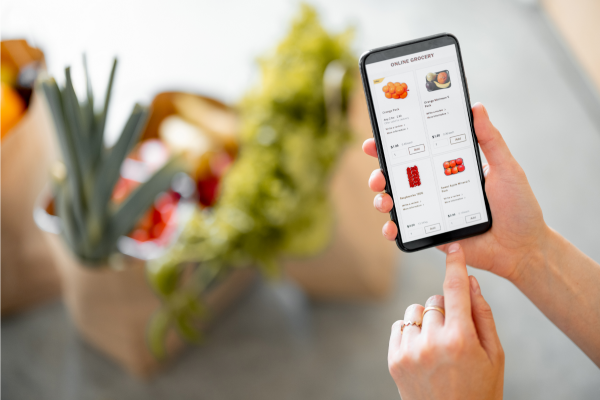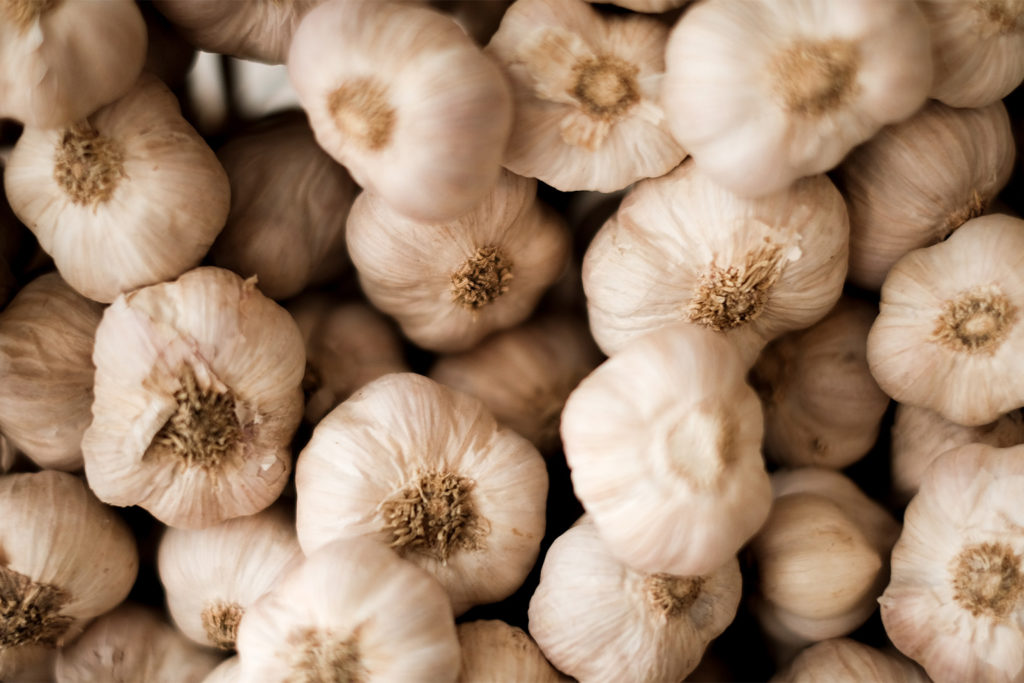As a result of new technology and changing consumer preferences, the food distribution market is undergoing significant changes.
The rise of online grocery shopping, e-commerce platforms, and innovative logistics solutions has changed the landscape. Food distributors are continually adapting to fulfill the evolving market’s demand for quality food products. Subsequently, here are some of the top trends to keep an eye on in the food distribution market in 2023.
Quality Food Products: E-Commerce and Online Grocery Shopping
The shift towards e-commerce and online grocery shopping stands out as one of the primary catalysts of change in the market. As consumers increasingly choose to buy their groceries online, quality food products are making their way onto e-commerce platforms, meeting the expanding demand. This trend is projected to persist in 2023 as a greater number of consumers embrace online shopping practices.

Direct-to-Consumer Delivery
Another transformative trend reshaping the food distribution market is direct-to-consumer delivery. With the surge in on-demand delivery services, food distributors are progressively circumventing conventional retail avenues to directly serve consumers. This trend derives from the aspiration to exert more control over the customer experience and tap into the potential for elevated profit margins.
Subscription-based Models
In the food distribution market, subscription-based models are gaining increasing popularity. These models enable consumers to enroll for scheduled deliveries of food products, frequently at reduced prices. The driving force behind this trend is the pursuit of convenience and financial savings, along with the potential to enhance customer loyalty.
Data Analytics and Automation
Data analytics and automation are revolutionizing the operations of food distributors. Utilizing advanced analytics, distributors can optimize their supply chain operations, enhance inventory management, and minimize waste. Moreover, automation is streamlining warehouse operations and cutting down on labor costs.
Sustainability and Environmental Responsibility
Consumers are placing increasing importance on sustainability and environmental responsibility, prompting food distributors to take action by embracing more sustainable practices. These practices encompass minimizing food waste, employing eco-friendly packaging, and procuring products from sustainable and ethical sources. This trend is motivated by the aspiration to attract environmentally conscious consumers and diminish the ecological footprint of distribution operations.
Quality Food Products: Customization and Personalization
In the food distribution market, the significance of customization and personalization is growing. Businesses are using data and customer segmentation tools to tailor their offerings and fulfill the distinct requirements of their customers. This trend stems from the aim to enhance customer satisfaction and foster loyalty.
Partnerships and Collaborations of Quality Food Products
In the food distribution market, companies are progressively adopting partnerships and collaborations. By engaging with fellow industry participants, food distributors harness their strengths and curtail costs while delivering high-quality food products. These partnerships encompass collaborations with e-commerce platforms, logistics providers, and fellow food distributors.
Embracing Trends: Navigating the Evolving Landscape of Food Distribution
In conclusion, new technology and changing consumer preferences are significantly reshaping the food distribution market. Furthermore, the year 2023 brings forth a range of noteworthy trends that include e-commerce and online grocery shopping, direct-to-consumer delivery, subscription-based models, data analytics and automation, sustainability, and environmental responsibility, as well as customization and personalization, along with partnerships and collaborations. Therefore, by embracing these trends, food distributors can proactively outpace competitors and effectively address the changing market demands.
